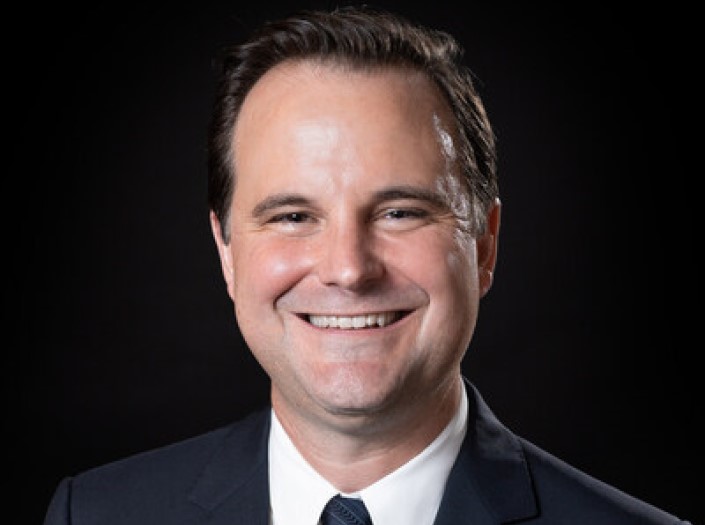COVID-19 Is Exacerbating Employee Burnout. Here’s What Employers Can Do

Homeschooling children, caring for sick relatives and worrying about job security are just some of the new stressors American workers are facing in the wake of COVID-19.
The novel coronavirus has shaken up our daily lives, and many people may be wondering if we can ever go back to normal after this.
Employees may be staying in their pajamas all day not because they want to, but because they’re too paralyzed by stress to change out of them.
These new stressors are hitting employees with burnout especially hard. The chronic workplace stress condition is only being exacerbated by all of the new uncertainty that the virus brings.
“Employees have been navigating such a ton of change and disruption because of the COVID-19 pandemic,” Melissa Jezior, president and CEO of Eagle Hill consulting, said.
“It’s changed how we work, where we work, resulted in clashes between our work and home lives like we’ve never had before.”
A recent webinar from Eagle Hill Consulting examines the effects COVID-19 is having on employee burnout. During the presentation, Jezior spoke with Washington D.C.-based clinical psychologist Binita Amin, PhD, PLLC on how employers can tackle COVID-19 related employee burnout.
COVID-19 Stress: A Recipe for Burnout
Employee burnout has been prevalent over the years.
A poll of just over 1,000 U.S. workers by Eagle Hill Consulting found that 45% experience burnout. The phenomenon has become so commonplace over recent years that the World Health Organization classified it as an occupational phenomenon and labelled it a symptom of chronic stress at work.
The particular stressors brought on by COVID-19 can exacerbate the chronic stress many employees are already experiencing, especially since the uncertain timeline of the virus prevents employees from feeling closure.
“It’s helpful to think about burnout in the context of stress,” Amin said during Eagle Hill Consulting’s webinar.
“When we think of stress, it’s really just an adaptive response that helps us rise to a challenge and meet what’s in front of us. So typically speaking, stress is something that is resolved and has some sort of closure, and with burnout, there’s no real end in sight, so it’s significant and chronic in nature.”
The additional stressors caused by the virus, including employment insecurity, the mad-dash to start working from home and fears over health and safety, are resulting in an uptick in employees experiencing burnout and a decrease in employee engagement. One in four burnt out employees attribute the additional stress in their lives to COVID-19, Eagle Hill Consulting’s poll found.
“As a result of COVID-19, employees are less engaged, less productive, and less positive about their careers,” Jezior said.
“If you look at the top three data points, 50% feel less connected to colleagues, 36% feel less positive about their careers, and 45% feel less productive overall. I think none of that is probably a huge surprise to us.”
Tackling COVID-19 Burnout
For employees tackling burnout, the disease can have mental and physical consequences.
Burnt out employees have been found to be less aware of their surroundings, which can increase workplace accidents. Another recent study found that the increased stress levels associated with burnout can make workers up to 20% more likely to develop atrial fibrillation, a heart condition characterized by a fluttering, quickened or quivering heartbeat.
“In terms of symptoms, you might see that play out in ways like anxiety, depression, anger, irritability,” Amin said.
“Physically speaking, you might see a weakened immune response, trouble sleeping, low energy, cardiovascular impacts. And in the work context you can see that in terms of decreased productivity, difficulties concentrating, and certainly feelings of disillusionment or cynicism.”
Despite the mental and physical repercussions, not enough employers are taking action to address burnout.
“Unfortunately organizations aren’t doing enough right now to support employees with burnout,” Jezior said.
Part of the reason employers may not be taking action to address employee burnout might be because they think it’s an individual, rather than an institutional problem.
“Certainly burnout is something that’s experienced individually. But that said, it does occur within context,” Amin said. “Organizations have the ability to really step in and help shape and influence the type of variables that are inherent to burnout, especially within the organizational context.”
One thing employers can do to help employees with burnout is allowing them to take control over their circumstances.
“There’s a real opportunity to empower your employees to feel more of a sense of control over things like schedules, workload and types of work assignments,” Amin said.
Allowing flexible schedules, communicating with employees about managing workloads and checking in with them while they’re working remotely can all help employees feel like they are supported and in control of their professional lives.
Even if company policies allow for flexible working conditions, Amin and Jezior stressed the importance of encouraging employees to take advantage of those benefits.
“As leaders right now need to examine our own actions and ask ourselves if we really indeed are creating an environment that promotes flexibility outside the traditional 9:00 to 5:00 setting,” Jezior said.
“We want to make sure that we as leaders are creating an environment that makes it okay. Like work looks different right now, and it’s okay then, therefore, for us to work differently.”
Other resources companies can implement to fight employee burnout include mental health resources, such as Employee Assistance Programs, and virtual opportunities for employees to connect, such as Zoom Happy Hours and weekly all-employee meetings targeted towards easing fears about the virus.
If employers implement these resources they can help employees see that, while the novel coronavirus may have made work look a little different for the time being, it doesn’t have to make their lives more stressful. &










